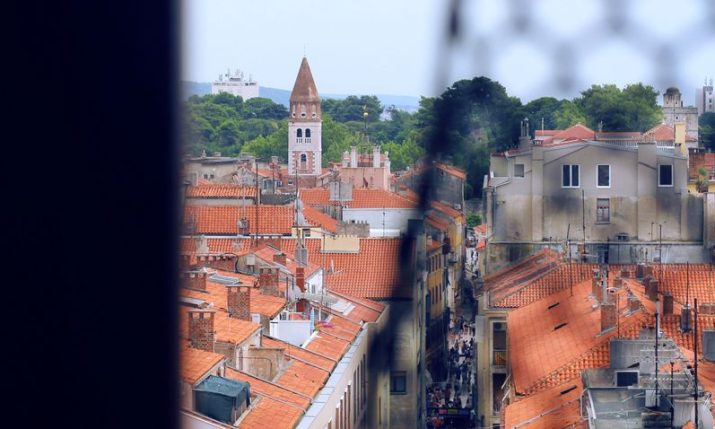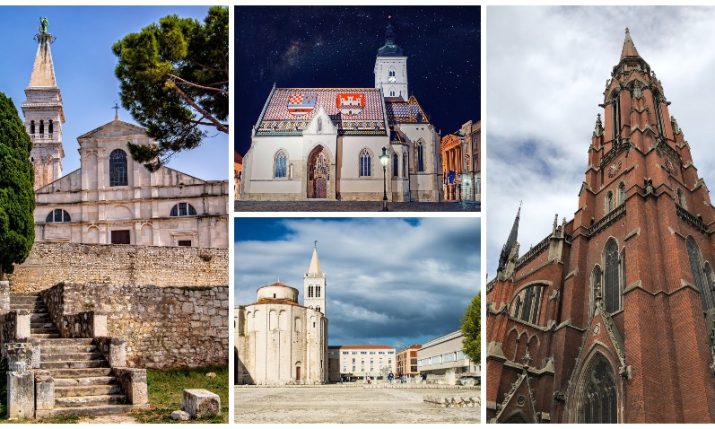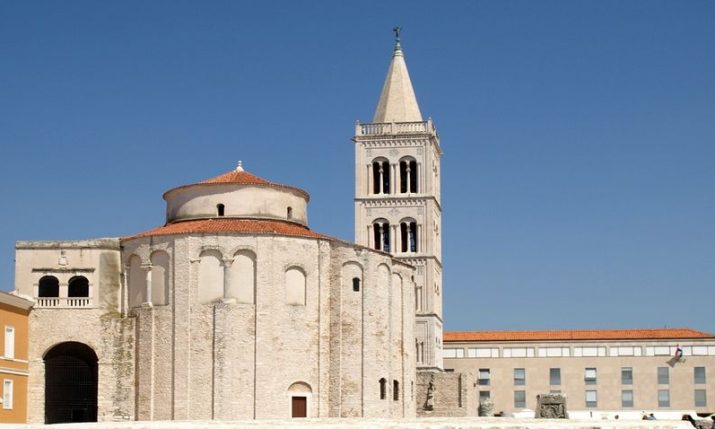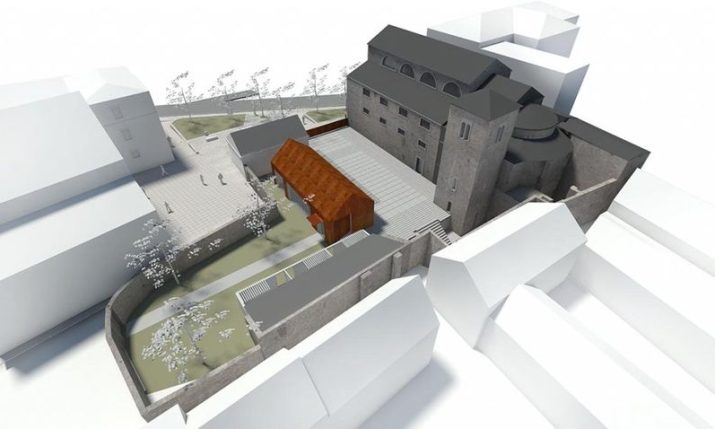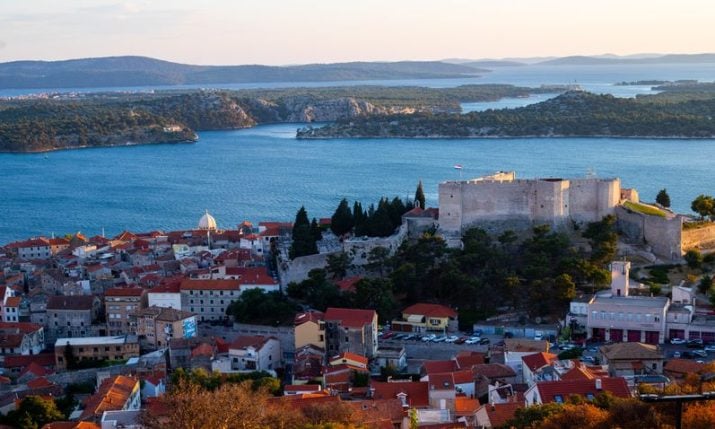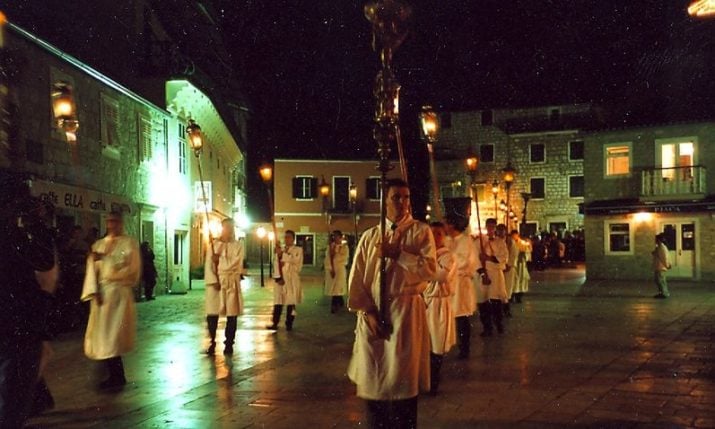Zadar & Šibenik Sites Set for UNESCO World Heritage Status
- by croatiaweek
- in News
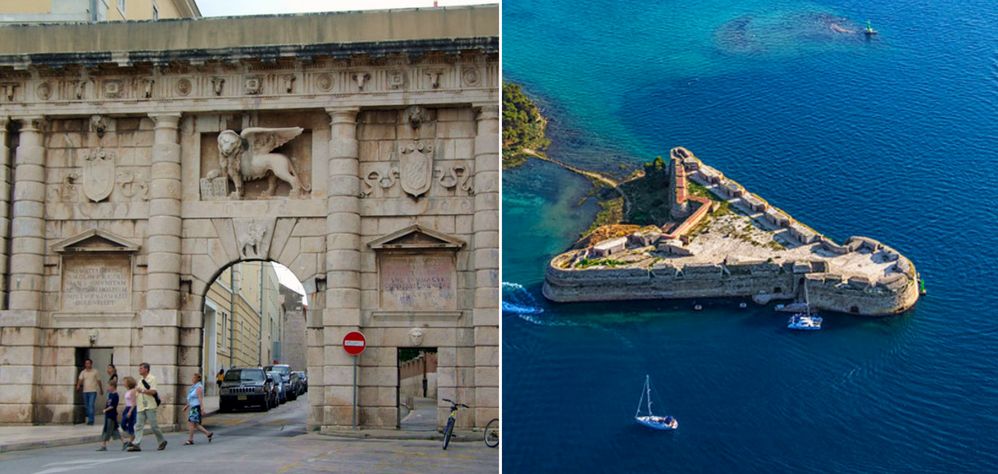
2 new sites in Croatia set for UNESCO World Heritage status (photo: Maestralno/planetware.com)
Two historic sites on Croatia’s Dalmatian coast are set to receive UNESCO World Heritage status.
One of the most famous sights in Šibenik – St. Nicholas Fortress – and Zadar’s fortified city walls and gates have been accepted to be listed as UNESCO protected World Heritage sites, reports Vijesti.hr.
Once the largest city-fortress in the entire Republic of Venice, Zadar’s city defence walls allowed it keep more of its independence than most of its neighbouring cities, and meant that it was never captured by the Turks.
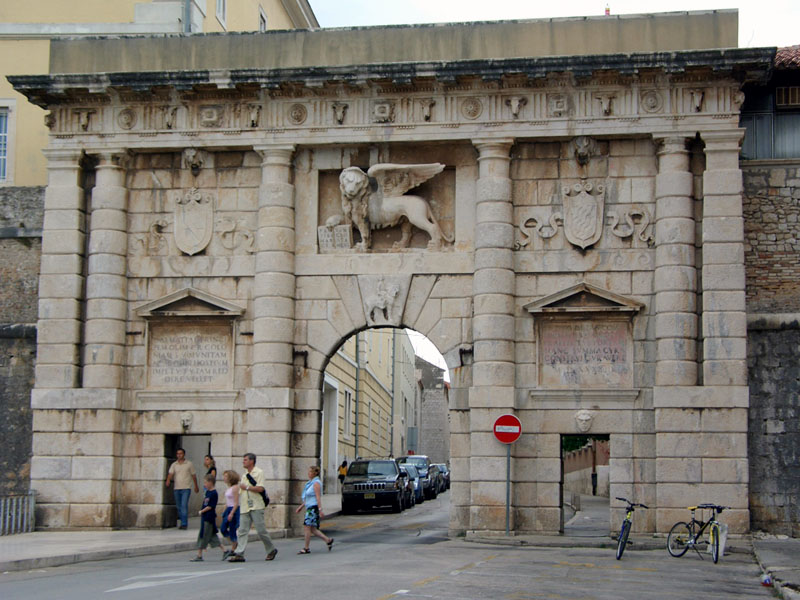
Zadar’s “Kopnena vrata” (Landward Gate) (photo credit: Maestralno under CC)
Built by Venetians, the city walls have had several entrances knocked through them at more secure points in Zadar’s history. Today only portions of the walls and eight gates remain.
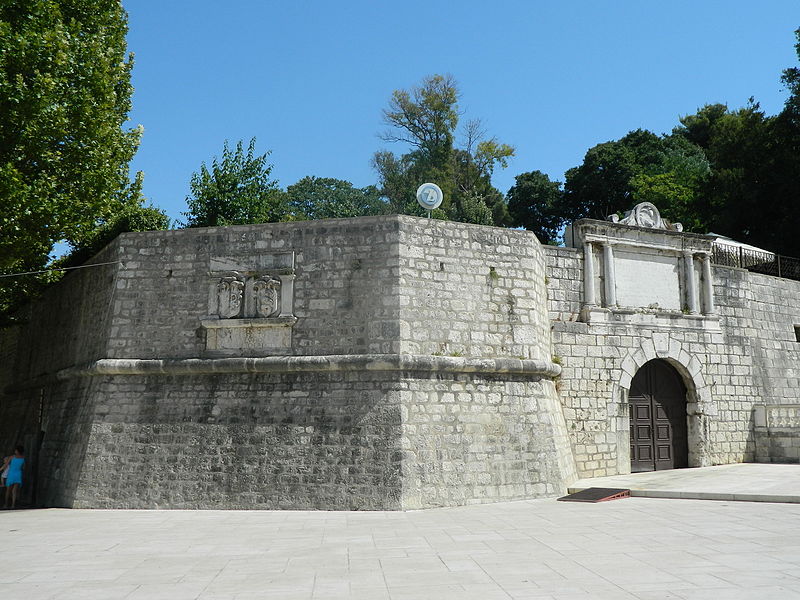
Zadar fortification (photo: Ruben Holthuijsen under CC)
In Šibenik, St. Nicholas Fortress got its name from the Benedictine Monastery of St. Nicholas, which was on the island, but due to the construction of the fortress had to be demolished.
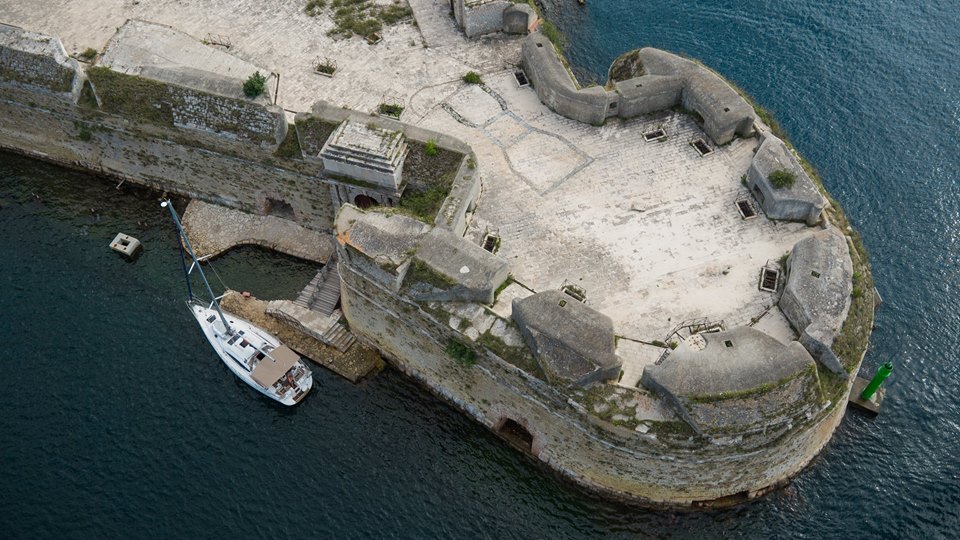
St. Nicholas Fortress (photo credit: Visit Šibenik)
At the request of domestic Croat population of Šibenik, the Venetian captain Alojzije de Canal decided to build a fort on an island of Ljuljevac on 30 April 1525.
The fortress was designed and built by the famous Venetian architect and builder Hyeronimus di San Michaela. The imposing fortress prevented Turkish boats from reaching the port in the 16th century.
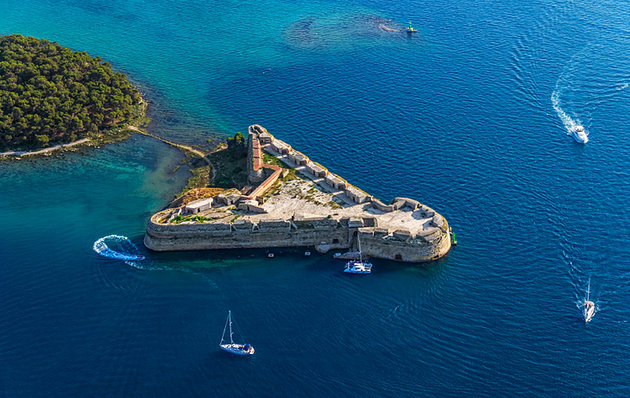
St. Nicholas Fortress in Šibenik (photo credit: planetware.com)
The fortress is one of the most valuable and best-preserved examples of defense architecture in Dalmatia. The fortress is made of brick because this material was considered to be most resistant to cannonballs, while the foundations are made of stone.
UNESCO are set to confirm the status at a meeting in July.

Plitvice Lakes National Park – one of Croatia’s most recognised UNESCO World Heritage sites
Croatia has 8 sites already on the UNESCO World Heritage List. They are Plitvice Lakes National Park, Stari Grad Plains on Hvar, Cathedral of Saint James in Šibenik, the city of Trogir, the old city of Dubrovnik, the historical complex of Split with the Palace of Diocletian, the Episcopal complex of the Euphrasian Basilica in Poreč and the medieval tombstones and graveyards known as Stećak.

